The causes of friction between SEO and PPC often occur because we tend to use different sources of truth for each channel and create communication silos between teams.
The main areas of friction? Generally:
- Reports
- Landing pages
- Budget
Here are five ways to make your PPC and SEO campaigns work together.
Tip 1: Collaborate on proprietary data preparation
All digital marketing campaigns should consider first-party data.
Understanding whether your brand is compliant requires input from your SEO and PPC teams.
If you rely heavily on remarketing campaigns (either because you work in an expensive industry or because the customer journey naturally has multiple steps), you may find yourself increasingly reliant on native audiences.
While some of these audiences can be powerful, most of them perform worse than audiences based on the activity the brand tracks.
Analytical audience segments can be an effective way to circumvent quality fluctuations.
These audience segments still require consent and the new global site tag. Make sure your tag is updated to GA4.
When you configure cookie consent, it is important that the module follows the Cumulative Layout Change (CLS) rules. Generally, footer modules tend to perform better because they don’t distract from the user’s purchasing journey and carry less CLS risk.
Make sure first-party data collected is protected (either hashed and synced via tools or immediately deleted once uploaded to ad accounts).
Collaborate with your SEO team’s content campaigns to ensure there are engaging hooks to create consensus conversations.
A final note on the analysis
One of the biggest downsides to today’s deployment of GA4 and conversion modeling is that advertisers must choose between using analytics as a source of truth or harnessing the power of enhanced conversions.
Improved conversions require the use of Google’s native conversion tracking. While improved conversion tracking will give you a better idea of what paid campaigns are doing, the numbers will still differ from those reported by your SEO team.
In the interest of trust and data continuity, it may be wise to take the “shot” on PPC-reported numbers as long as the overall metrics indicate positive ROAS.
Opting for improved conversions means agreeing that reporting will be different and all parties need to be on board with that.
Tip 2: Recognize and adapt based on domain structure choices
There are three ways to configure branded URLs:
- A domain for everything (including international).
- Subdomains for various initiatives.
- Custom domains and country domains.
Regardless of which path you take, PPC specific pages should be noindex/nofollow and allow the adbot to access them so they can contribute to the quality score.
It’s rare that non-ecommerce brands are better served by keeping everything on the same domain. This is because there are strategic elements of a good SEO site that can work against PPC:
- SEO doesn’t want duplicate content and PPC benefits from testing models.
- SEO benefits from a robust navigation bar, while PPC does better with limited user action choices.
- SEO may need to redirect a page, which will result in the ad being disapproved (three strikes in a 90-day period will result in ad account suspension).
These pitfalls are easily mitigated by having subdomains that can still benefit the main domain, without forcing creative or technical compromises between SEO and PPC teams.
Additionally, a subdomain will allow you to maintain the same analytical ownership and brand continuity.
If you are required to use the same landing page for PPC and organic traffic, make sure any redirects are communicated at least three to five days before they occur. This will give the PPC team time to adjust the creative so you don’t waste money sending traffic to a broken page until Google rejects the ad.
Inventory transmission is also very important for PPC and SEO.
If your product is constantly out of stock, it will eventually be penalized by search engines. Make sure all campaigns are notified of inventory issues so they can exclude products from paid campaigns, as well as apply the out-of-stock scheme to the organic page.
Tip 3: Bring Transactional Intent and CRO to Every Page
SEO is often unfairly classified as a “search” channel, while PPC is often responsible exclusively for transactions.
While there are valid reasons to view trafficking in this way, there are lessons to learn from others when it comes to building trust and facilitating transactions.
For example, while it is true that PPC pages tend toward less content, there should still be options for understanding the product/service. This content (written or in video format) should be below the fold, keeping the path to conversion clear.
Along the same lines, SEO requires rich, authoritative content to rank well. Yet if the path to conversion is buried (or not at all), traffic will be nothing but fluff.
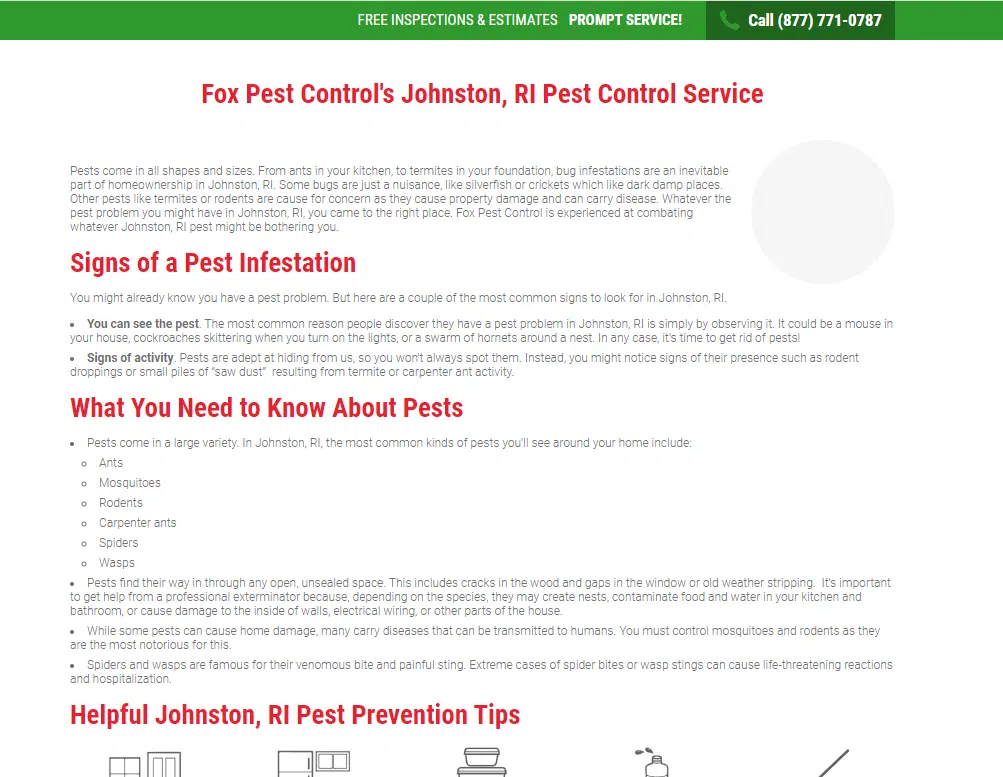
At first glance, you might think that this is a well-designed page on the organic site. Yet this was actually a special PPC version of the page.
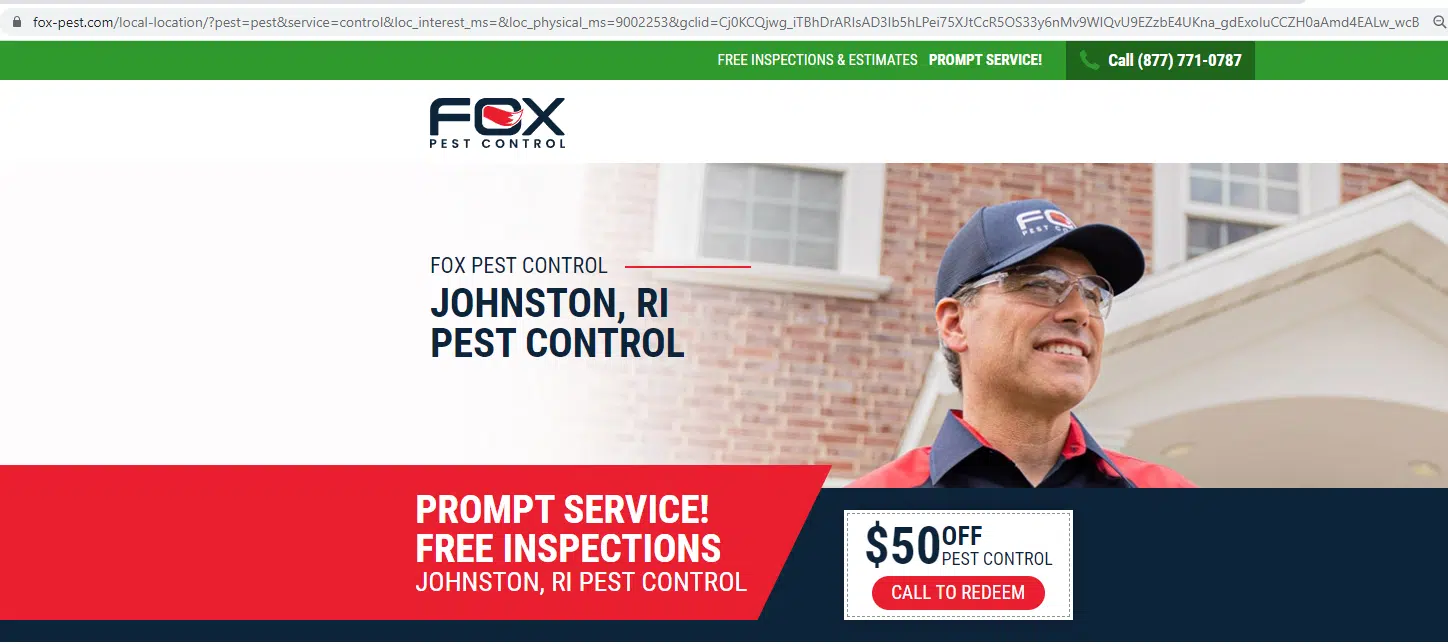
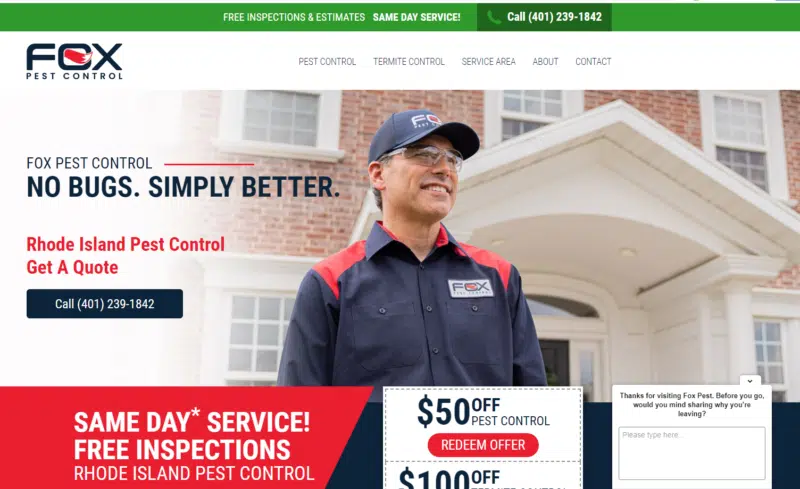
Ironically, the SEO version of the page offers clearer conversion paths. If you take the time to create a PPC page, make sure it follows the PPC rules.
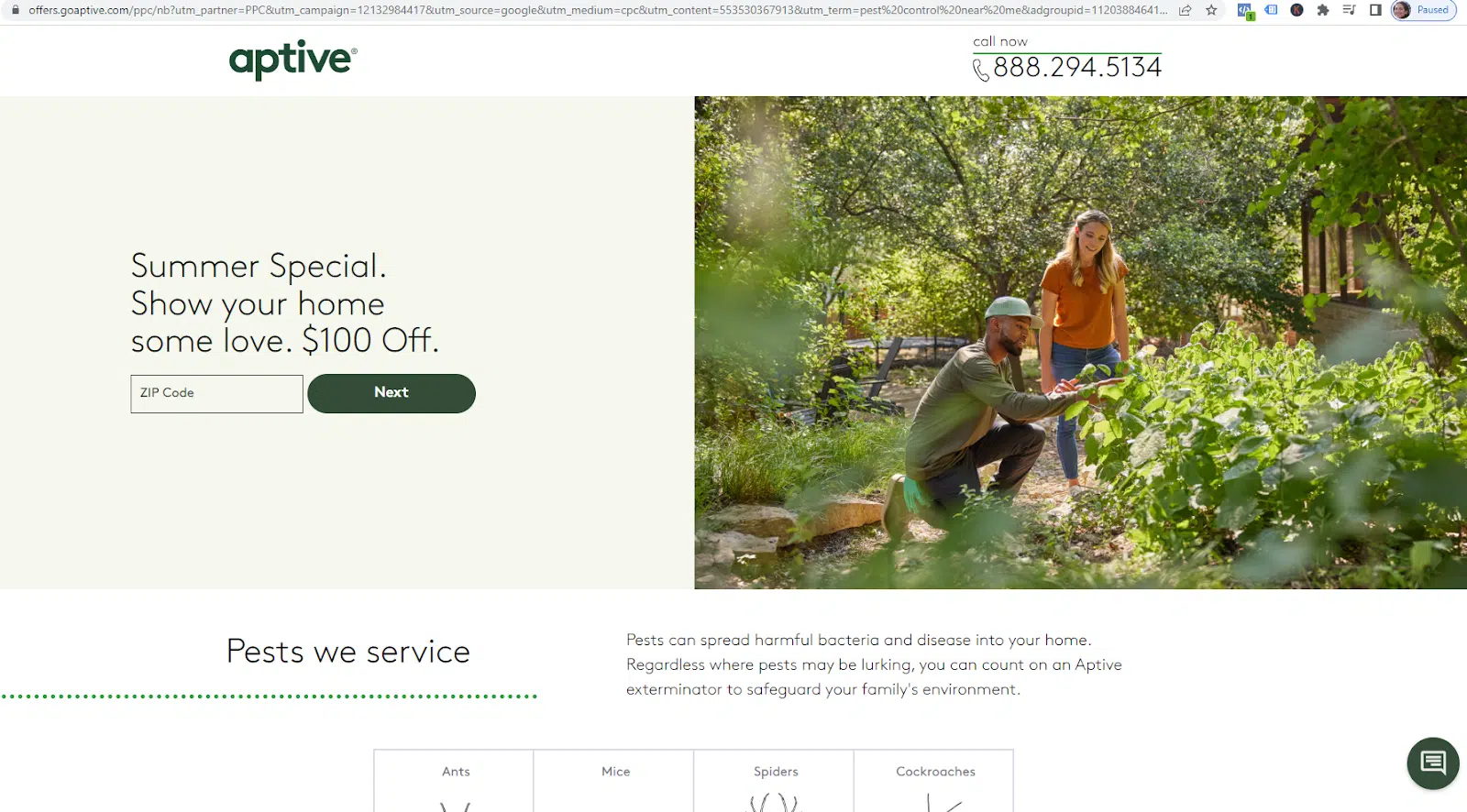
This page gives the user enough context to know what they are getting into as well as clear paths to conversion.
If the user wants more information, they can get it, but they are not overwhelmed. They also have the option to complete a multi-step form that builds engagement with the brand.
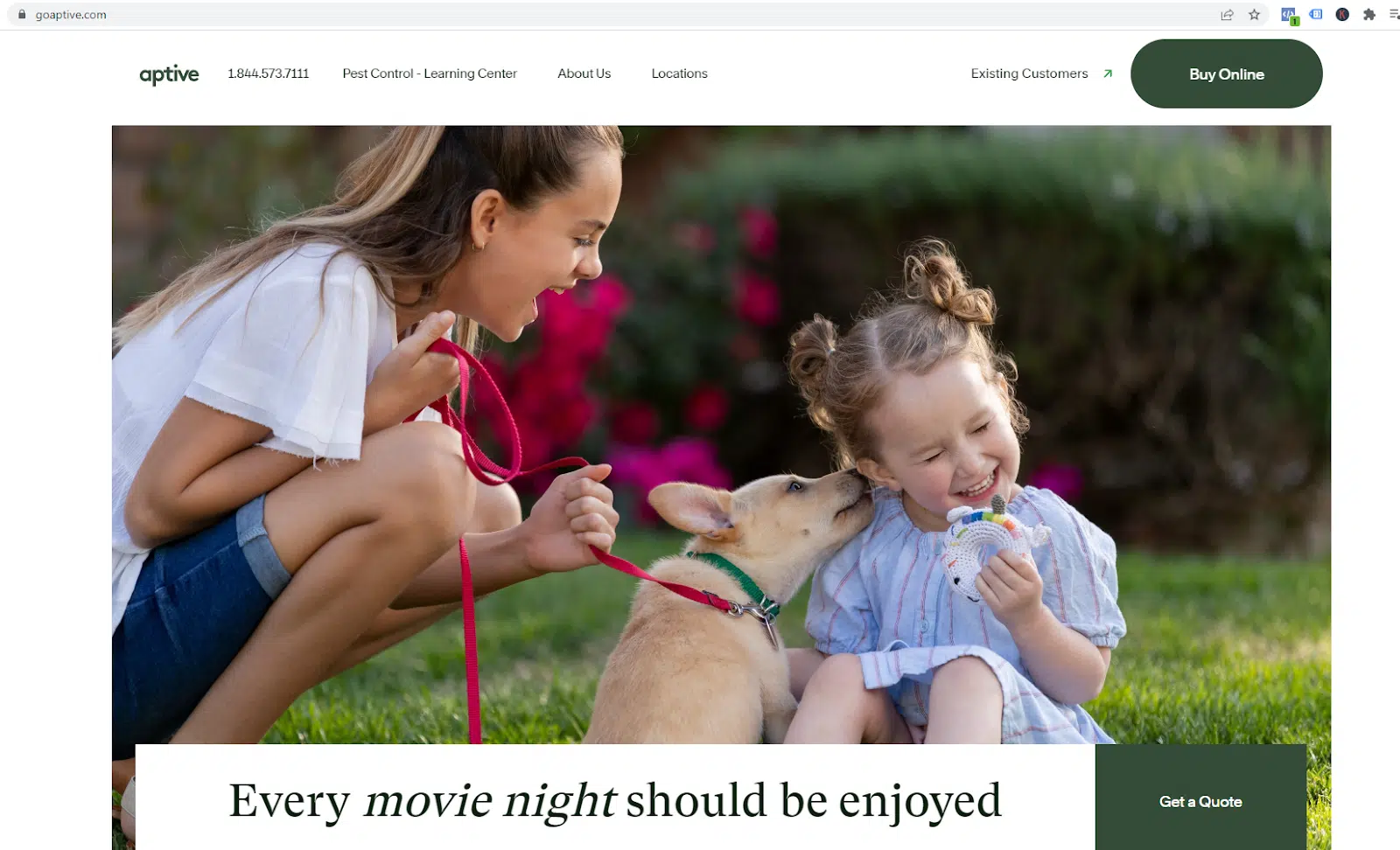
The organic site is just as clean and easy to navigate as the paid variant. CTAs are easy to identify and the conversion path remains uninterrupted.
Tip 4: Use search query reporting to inform campaigns
One of the best ways to make PPC and SEO work together is to share search query data.
You already pay for the search data in the Search Terms report. Sharing this data, along with what converts and what doesn’t, will help content teams know where to invest.
Yet one easily missed opportunity is sharing search terms from site search and search console.
Understanding what existing customers want and think will help prioritize keyword variations.
Both channels should share data on search terms so brands can gain insights into content viability and auction prices.
Set up automatic reporting sharing at least quarterly so all digital channels communicate with each other.
Tip 5: Schedule time to talk to each other
This may seem like a silly and trite suggestion, but the amount of good that can come from being face-to-face with your counterpart is immeasurable.
Whether it’s a 10-15 minute connection at the start of the week or a monthly collaboration session, taking the time to connect over innovations and challenges in each area will ensure the other is ready to mitigate or improve them.
If you are an agency and your counterpart works for another agency, request joint meetings with the client or separately.
Showing your commitment to brand success and collaborative attitude will help build customer loyalty and ensure your great work isn’t accidentally thwarted.
PPC and SEO don’t need to be at odds
Overcome friction through collaboration and ownership where weaknesses can be mitigated and profits amplified.
Contributing authors are invited to create content for Search Engine Land and are chosen for their expertise and contribution to the search community. Our contributors work under editorial supervision and the quality and relevance of the contributions for our readers are checked. The opinions they express are their own.

